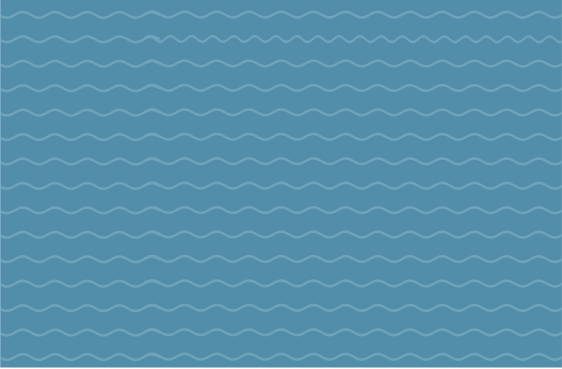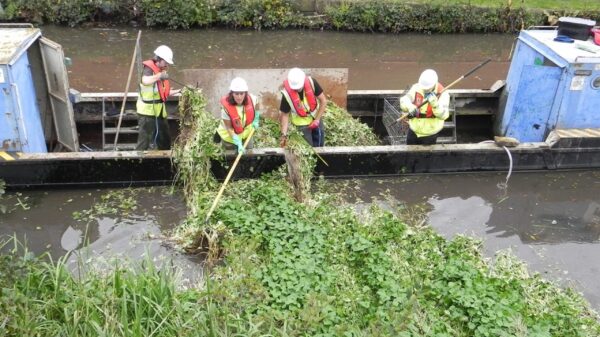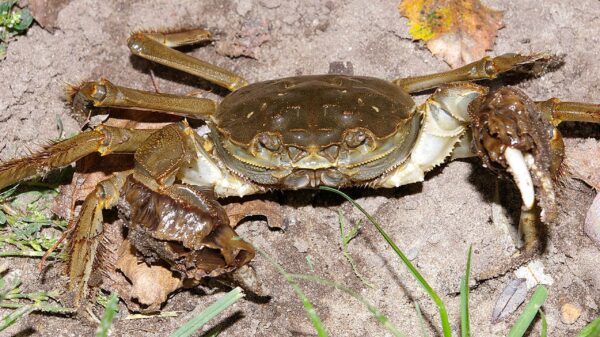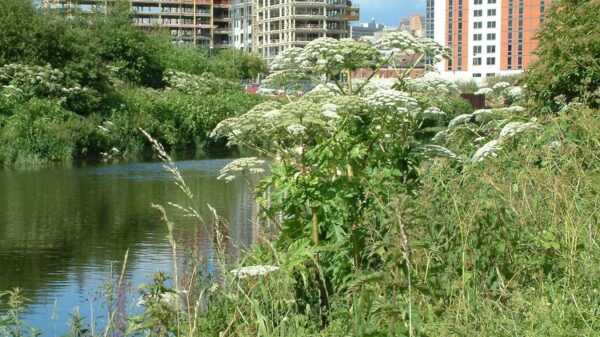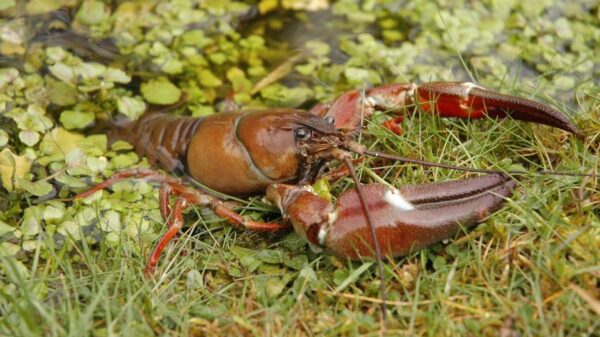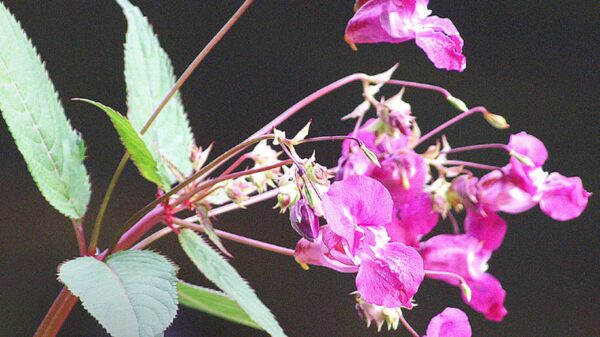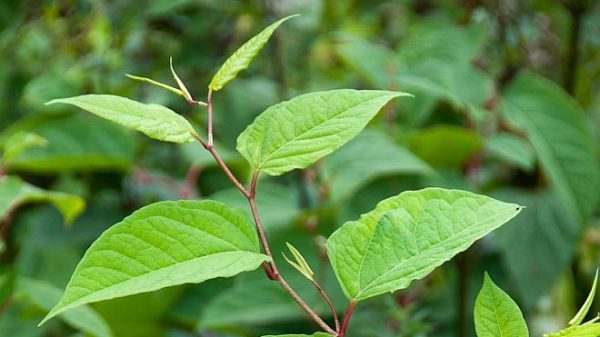Identifying New Zealand Pigmyweed
New Zealand Pigmyweed is an aquatic, succulent perennial which grows throughout the year, forming dense, creeping mats of vegetation. It is tolerant of shade and extreme cold.
- Small white flowers with four petals (July – September)
- Leaves up to 2cm long in opposite pairs
- Leaf bases around the stem to form a collar
- Forms dense mats within the water body
- Leaves fleshy when emergent or terrestrial, flatter when permanently submerged
The leaf shape is simple and varies from a long narrow near-parallel form, to very slightly elliptical with sharp or bluntish tip. This leaf tip distinguishes the underwater form of the plant from most native Starworts which have obviously notched leaf tips.

